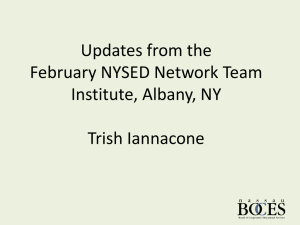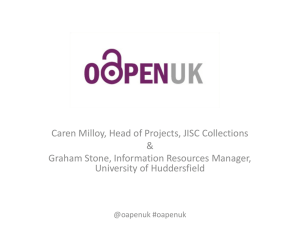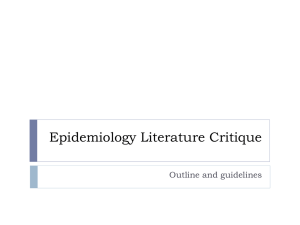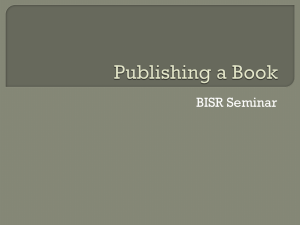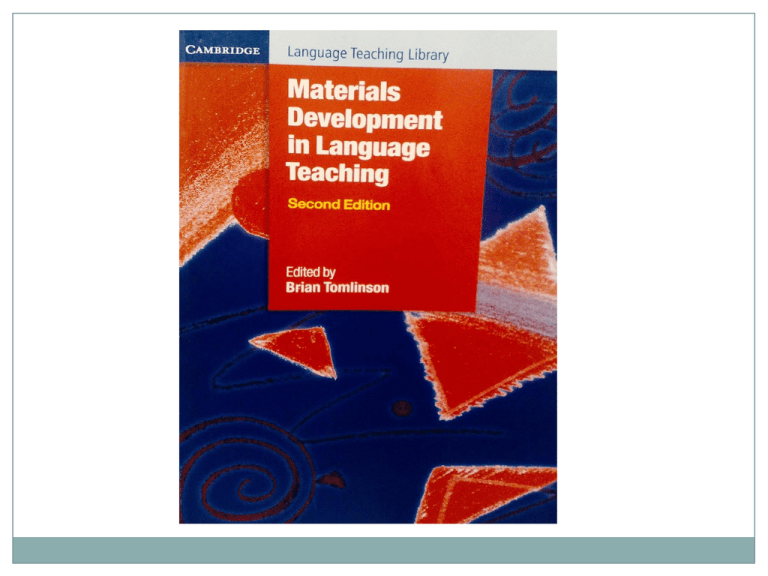
Chapter 6 :
Writing course materials for the
world: A great Compromise
Jan Bell and Roger Gower
PRESENTING BY: SADIQ OMARMELI AND
MOHSEN SABERI
introduction
1.catering for a wide range of students, teachers and
classroom contents
2.anticipating the needs and interests of teacher and
students
The focus of the chapter
Whether the individuality of compromise is a
positive or negative force upon the writer's pedagogic
principles?
Course books yes or no?
Some shared features among books
1.too quickly published with too little piloting
2.they do not sufficiently reflect what we know about
language and then fail to meet the true needs of
learners
3.they can provide a very useful resource for teachers
draw backs of course books:
1.limitting creativity
2.not showing the dynamic and interactive nature of
learning process
3.it is not guaranteed that course books can cater for
all the individual needs of all learners of the time and
build in enough flexibility to enable teachers to
individualize them
4.with just few examples of authentic or corpus-
based material you cant be sure about the natural
use of samples by the students
5.when the format and the content of books are
frequently predictable how can you bring to new
materials a feeling that is not boring?
Global course books: for or against???????
For: good sales world wide ensures a high production
quality
Against:
1.language imperialism
2.the danger of cultural attack
Advantages and disadvantages:not all the classes
around the world have the same facilities
In a multilingual classroom the teacher is not
familiar enough with all the students’ culture
the notion of compromise:
Course books are tools which only have life and
meaning when there is a teacher present
Materials have to be useable by teachers and
students alike otherwise publishers lose their
investment
In order to work, the material has to be targeted to a
particular type of students and a particular type of
teaching situation and a particular type of teacher
Age of the learners should also be taken into
consideration
But a lot of situations around the world in which
teacher want to use the global materials do have a lot
in common like building up communicative
competence and teaching in coeducational
institutions
Publishers compromise : some materials have
nothing new but as potential users want to use them
publishers publish the material=Headway
Designers also need to compromise because what is a
good design for a designer is not necessarily good for
a teacher.Fromkin vs. Falk
The authors and teachers should also compromise.
Teacher need to look at what student want rather
than new ideas for themselves
A case study
Writing the first level of(Craddel to Grave series)an
intermediate level case for adult students both in
Uk(15-21 hours a week)and in the private schools 2-3
hours a week.
Assumptions:
1.Thaechers would have experience in communicative
activities in the class and working with texts to develop
reading and listening skills and being able to use the
book flexibly
2.The materials might be used by less experience
teachers
The first compromise:
1.25 hours a week in Uk vs.2-3 hours a week in non
native speaker environment
2.monolingual situation differ in culture. China vs.
Iran
3.the material was to be used by less trained
untrained or differently trained teachers
4.it was likely that the material would be taught to
some learners who were too young to identify with
the cultural content of the material
5.though the aim was to produce materials which
could be use flexibly it was likely that the language
syllabus study be formed by the course book
A set of key principles
Flexiblity:teachers should feel they could move
activities around, cut them out or supplement them
according to needs of students
From text to language: providing authentic text
which contained examples of the focus language
rather than construct text of the authors themselves
Engaging content: authors wanted to provide human
interest texts like environment but they would not
appeal while a lot of students seem to be interested
in every day topics like money, relationships…
While course books are written to appeal to teachers,
teachers do not accept them when they are boring for
the students
Authors themselves were constrained by some
cultural sensitivities so there could be no or very
indirect reference to drugs,sex,politics or religion
Natural language:
Authors’ wants: exposure to real and unscripted
language
Analytic approaches: authors decided to use a
variety of approaches but decided to put a great
importance on inductive grammar
Emphasis on review: as students are at in the
intermediate level and a little familiar with grammar
it is better to re-present some grammatical points
than present a lot of new points
Personalizing the topics.
Integrated skills; the receptive skills of reading and
listening should not be tagged on after the language
work,so
1.authors were able to link speaking and reading with
what students have read or listened to.
2.communication in language is something you only
improve with practice and use.
Texts should be a little above the level of
students.I+1
Balance of the approaches: inductive deductive and
effective approaches to grammar
Learning to learn
Helping students with vocabulary skills and analysis
of grammar from the beginning in order to
encourage them to start their own personalized
vocabulary and grammar books
pressures
Publishers: gave more attention to the flick test not
its long term usability
2.they over emphasized the need for the rubrics to be
intelligible
Schools and institutions: the book had to be the right
length ,there had to be many units, the syllabus had
to include this and that grammatical items
Institutional needs: the material shouldn’t be
inappropriate to the context. The topics should be
interesting ,it should have a good quality and be
cheap
Teachers:pedagogic principles, usable and
promoting materials, fun activities
Students: material should be enjoyable, should have
something for them to learn,comperhensible and
new langauage
Overall structure
The material ended up being less flexibly organized
than we would have liked
Methodology: authors failed to present enough
authentic materials appropriate for intermediate
level
The analytic approach to grammar was not
appreciated in some parts of the world
Texts: authors compromised in presenting natural
and authentic listening parts
Content: it was impossible to please everyone even
though the authors compromised and did not
present taboo subjects
conclusion
Compromising is not inevitable, it is probably
beneficial with certain compromises writes would
have produced less effective materials


